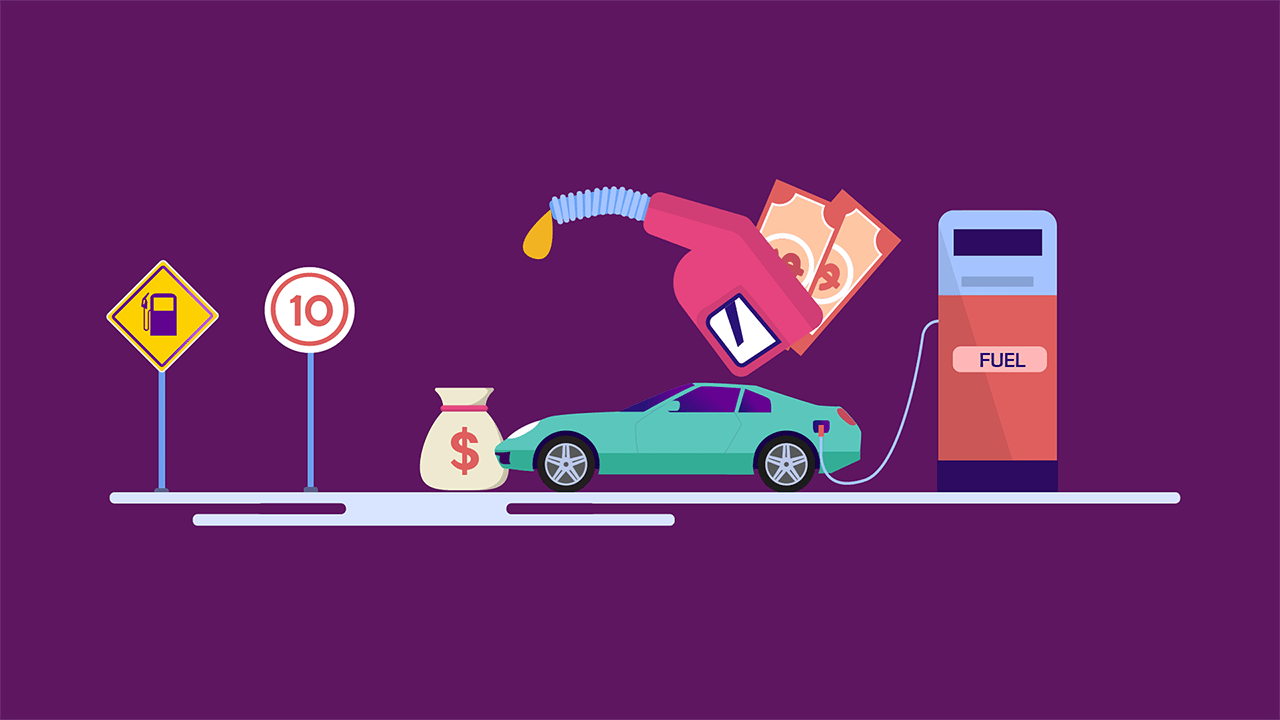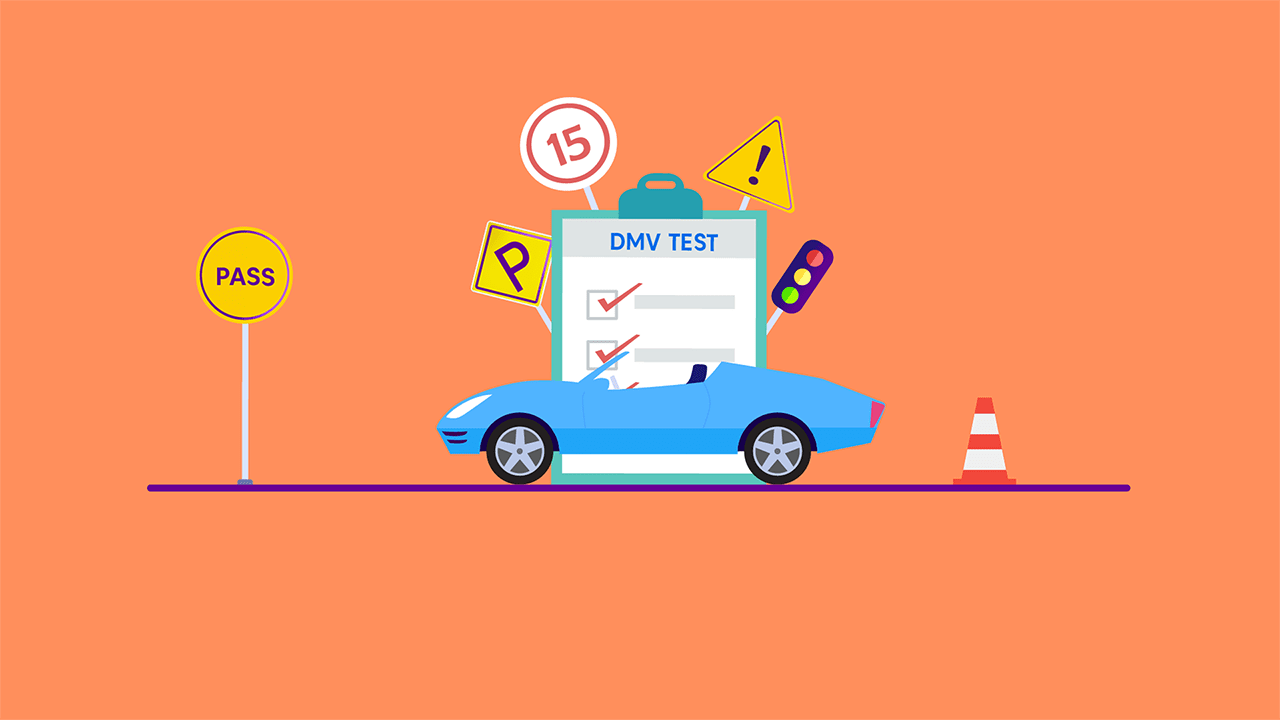This Is How to Reverse Park (Back Into a Parking Space) Like a Pro
By Ujala Nadeem on Mar 28, 2024Contents
- Search for a Good Parking Spot
- Give an Indicator (Turn Signal)
- Drive Two Spots Past Your Chosen Parking Spot
- Turn Your Wheel
- Turn Your Head
- Straighten Your Wheels to Finish Backing
- Reverse Straight Back to the End
- Take One Last Look and Adjust as Required
Reversing a car is often where drivers find themselves in a pickle, leading to most parking blunders. It's true, even with a backup camera, reverse parking can seem daunting—much like the dreaded parallel parking. But hey, safety comes first, right? So, why not switch things up and learn reverse parking? It's a skill that could make all the difference during your driver’s test and beyond, savng you from a lot of trouble.
Yes, it requires a bit of elbow grease. But keep your cool—reverse parking isn’t as complicated as you might think. Hang in there with us, and we'll guide you step by step until you've got it down pat. Before you know it, you'll be sliding into those spots like a pro, wondering why you didn't start sooner.
Without further ado, let’s have a look!
-
Search for a Good Parking Spot
You must first look for a suitable parking spot, preferably one that’s not between two cars (especially if you’re a newbie driver). Why, you ask? It’s much less stressful to work in a single car rather than two.
-
Give an Indicator (Turn Signal)
When you're ready to park, it's important to communicate your intentions to those around you. Before backing into a parking space, activate your turn signal in the direction you plan to move. This action, along with your vehicle's reverse lights, clearly indicates to other drivers and pedestrians that you're about to occupy the nearby parking spot.
Sometimes, despite your turn signal, the driver behind you might not realize you're trying to park. In such cases, turning on your hazard lights can effectively signal that you need them to pass by. It's a universal sign that usually gets the point across: "Please go around; I'm doing something here.
-
Drive Two Spots Past Your Chosen Parking Spot
You’ll need room to maneuver and back up your car. Driving past your desired spot by two spaces will do just that.
Once you’ve reached the right spot, align your rearview mirror with the line that marks the far side of the second parking space from your chosen spot. This is your visual cue for the right distance to pull forward before you start reversing.
Now, position your car so it's no more than 1 foot (0.30 m) from the parking spot lines or the cars parked next to the open spot. This ensures you're close enough to make a smooth turn into the space.
You will need to adjust your technique depending on the vehicle you’re operating:
-
4-door sedans: Use the method described above.
-
Smaller cars: Line up your front bumper with the third line instead.
-
SUVs or trucks: It might be better to align your front bumper with the fourth line.
With a little practice, this technique will become second nature. You'll find that backing into a spot is just a tad slower than pulling in forwards, but it sets you up for an easier exit later on. Give it a try next time you're out and about!
-
-
Turn Your Wheel
When you're about to reverse into a parking space, make sure to turn your steering wheel fully toward the direction of the spot. If you're aiming for a spot on your right, turn the wheel right; for a spot on the left, turn it left. This applies to both left-hand and right-hand drive vehicles. By turning the wheel until it locks, you eliminate any guesswork and ensure a precise and consistent turn every time. It's a quick and easy method that, with practice, will make parking second nature to you.
-
Turn Your Head
So, you're in a packed lot, trying to back into a spot. Always keep your eyes peeled in every direction—yes, even if you've got that nifty backup camera. It's like having an extra set of eyes, but nothing beats a good old-fashioned look-see over your shoulder.
Getting too cozy with the car next door? No sweat. Just hit the brakes, scoot forward a smidge, and tweak your steering wheel away from the spot. That'll give you the wiggle room you need. Then you can glide back into that spot nice and easy.
Moreover, don’t become overly dependent on your backup camera as you might be required to park without it during your driving test. Plus, physically turning to look behind you often provides a better perspective of the parking space and any obstacles. So, remember to use all your senses and mirrors to ensure a safe and successful parking experience.
-
Straighten Your Wheels to Finish Backing
When you're backing into a parking spot, begin straightening your wheels once your rear bumper is about halfway through. Take it slow so you can spot the moment your back tires line up with the parking lines—that's your cue to straighten up. It might take a few tries to get the hang of it since every car has its own turning style.
Got a backup camera? It's pretty handy to check when your tires are lined up right. However, as mentioned above, don't forget to also look back over your shoulder for the full picture. It's all about finding that balance between what you see on the screen and what's out your back window.
-
Reverse Straight Back to the End
Ease your car back into the spot, keeping the wheels straight. Once you're all the way in, take a quick look ahead to check the lines marking the parking spaces. When your front bumper is lined up with the ends of those lines, you're perfectly placed. If your car has a backup camera, it's okay to take a peek at it now and then to help judge when you're fully in the spot. And there you have it, you're parked!
-
Take One Last Look and Adjust as Required
When you're almost done parking, it's a good idea to double-check your positioning. You can open your door slightly or lean out the window to see how close you are to the parking line. If you're hugging the line too closely, you might have trouble opening your door later, or you could be a bit crooked. No worries, though! Just pull up a bit, straighten out, and ease back into the spot.
And—there you have it! You’re all done. Put your car in park and turn it off.
If reverse parking's got you stuck, there's no shame in starting from scratch. Sometimes a reset is all you need. So, take that breath, shake it off, and give it another go. Parking can be tricky, but with a little patience, you'll nail it!


